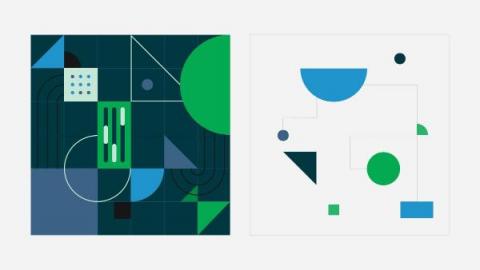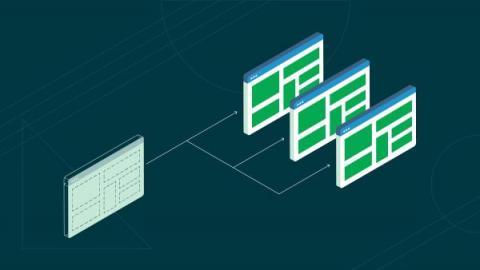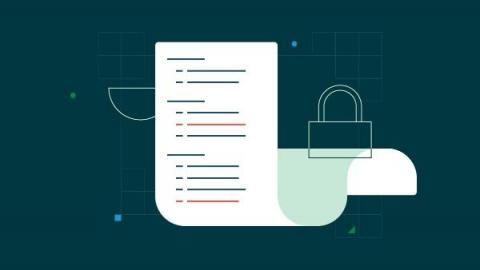Deploying a Laravel application to Heroku
In this tutorial, I will show you how to set up a continuous deployment pipeline to deploy a Laravel application to the Heroku platform with minimum hassle. Automating deployment helps teams limit human intervention during the deployment process, reducing the risk of errors and streamlining the entire software release process.











